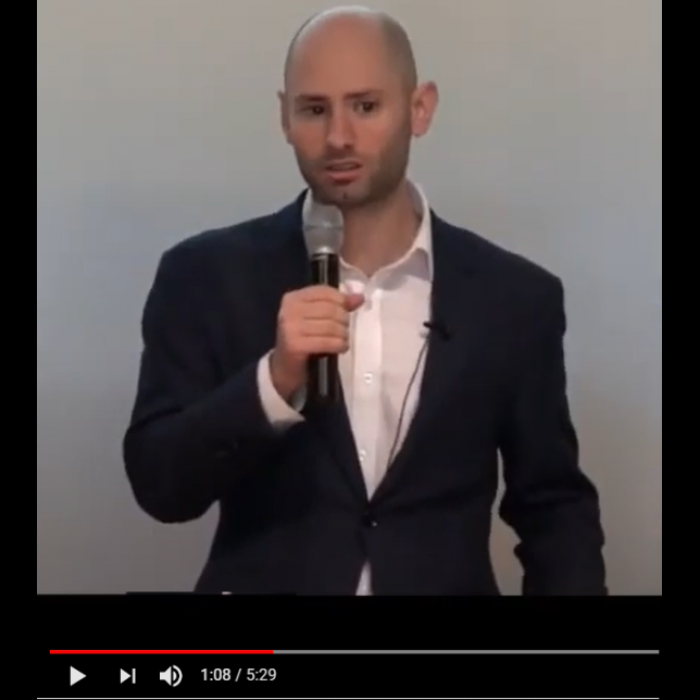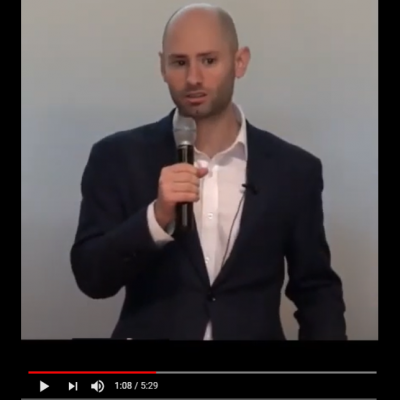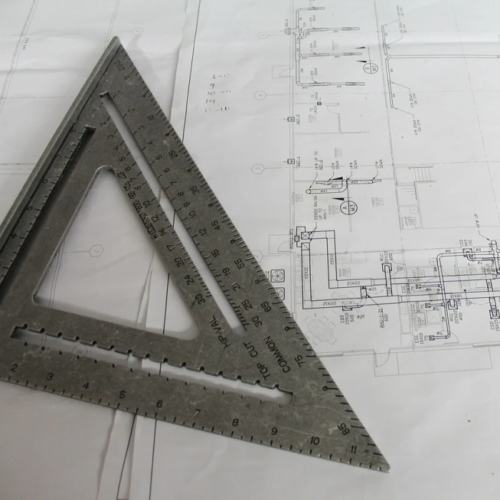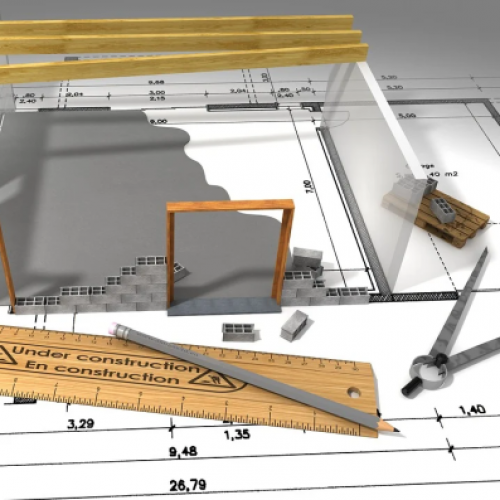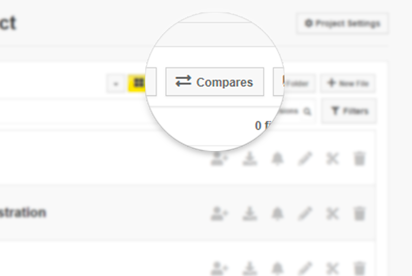Transcription
If you were to try and pass a bill in the house of commons, you have about a 40% success rate. As an industry, construction and infrastructure deliver on-time and on-budget much less often than that.
The single leading cause of delays and disruptions, of cost overrun, and of disputes in construction and infrastructure, is change.
So let’s have a look at how that works.
The thing is, in the regular course of developing any scheme you’re going to go through thousands, sometimes more, changes.
And these are interconnected, interrelated, changes that have a tendency to compound.
If you want to move a structural beam or a utility shaft, you can’t just move a shaft without everything it’s connected to.
You need to redesign the connecting elements, you need to make sure the utilities still fit within it, and you need to rearrange the schedules of all the subcontractors that need to put all of these utilities in the shaft.
Not unimportantly, you need a whole lot of people to know the shaft has moved. And it’s surprising to anyone not in construction how hard that is to achieve, the knowing part.
The reason for that is, the basic medium of communicating design intent in construction are drawings. These are for all matters and intents, big pieces of papers with a lot of lines on them, and so it’s entirely normal to see grown-up engineers and QSs paid quite a lot sit down for days and weeks literally flicking between pieces of paper with a highlighter trying to figure out what the project looks like now.
That’s not only time consuming, it’s also extremely prone to error.
Enter ShapeDo. ShapeDo is the only service that enables end-to-end change management within construction and infrastructure projects.
It’s not the only technology provider that enables it, it’s the only service you can get – process, engineering, or technology – that enables that.
How do we do that?
We start off where it all begins, which is the construction drawing. And what we have based on extensive R&D the ability to really quickly, easily, show you exactly what has changed between version and version.
And what that does is take an exercise that takes the best part of an hour, namely to review a drawing, and makes it two-three minutes long.
On top of that, it all but eradicates the margin for error, because you can see exactly what’s changed.
Around that, we can build a process where now that it’s really cheap and reliable to know what’s changed in a drawing, you can actually have all the relevant stakeholders in a project look at all the drawings and review them, and then quite simply around that perform the ancillary processes.
So coordinate them out into the site and through the supply chain into construction, cost them in so far as they affect cost or make decisions about the cost, and finally figure out what the impact of it is on the schedule to realign the schedule.
And at the end of all of that, once all of the relevant stakeholders have seen all the changes, dealt with them, signed off on them, you’ve actually eliminated the single biggest risk to construction and infrastructure projects.
So just to put that in value terms, at the director level, at the highest level, what you have is instead of a rather tumultuous chaotic process, you suddenly have a very structured process that tells everyone exactly what to do. And if everyone did it, then you know that you’re OK and you have transparency and accountability. And if they didn’t, the software tells you. Unfortunately, we were too late for Crossrail.
Second of all, in sheer numbers, there are thousands of drawings that change in a large construction and infrastructure project. Each drawing needs to be reviewed by multiple people on the project. Each time that is done takes an hour of engineer or QS time. That adds up to many thousands or tens of thousands of engineer hours in every single project.
And finally, just having that conversation which is informed in the context of seeing exactly what’s going on in the project and proactively addressing it, creates a much more collaborative, helpful environment where people are proactively solving problems and avoiding disputes.
We’ve been deployed in over 100 projects to date. That ranges from tiny subcontractor packages solving local issues, all the way to new-build airports, data-centres, and rail systems.
The reactions to that have been just as diverse. This leads up from the commercial directors of the massive schemes appreciating the transparency and process that’s embedded in the system, all the way down to the QS who’s simply happy to not have two weeks of looking at drawings and crying, which is the default.
Let’s take a step back and look to the evolution of technology in construction.
There was a first wave of solutions that were very technical, about how do we design electronically. They tend to be centred on design, they tend to be technical. It’s your CAD systems, your BIM systems – they enable you to draft.
Then you have a second generation of solutions which are about taking processes which were always done in paper and making them electronic. That’s your project information management system, or your document management system.
Now we’re seeing in the market a third wave of construction technologies that are going much deeper into the engineering value chain and making available new processes which can’t be done sans the new technologies coming into the market. We’re essentially playing in that area of engaging deeply into the engineering process and improving core processes that are currently unaddressed.
This graphic may imply that we’re the small bit on the top. But if you look at the cost structure of a construction project, construction IT – or traditional waves 1 and 2 – account for less than 1% of construction spend, and what they never tell you is much less than 1%. Whereas engineering is the core cost in construction.
So playing in that is extremely relevant.
That explains why the market opportunity is fantastic. In the UK alone, our market opportunity is 2.5 billion pounds a year. That’s not all of construction, that’s not all of construction IT, that is if we look at the list of qualified projects in the UK and we sell them the current services on offer at the current prices, with no further development, that is the market opportunity.
Furthermore, it’s quite concentrated in a relatively small number of businesses that are all controlling this business, so it is realistically available in relatively short time scales.
We look way to young to be doing this. That’s primarily the Mediterranean diet. Most of the team has been spending the last 15 years solving really hard math-y core technology problems and delivering them in robust applications to major industries.
It’s an incredibly experienced software delivery team dealing with this.
Which explains where we are. Where we are today is that we have a robust platform that has already been deployed and is already market tested. We’re now quickly expanding in the UK with an intention to raise significant funding towards the end of the year or the start of the next one in order to replicate that expansion into Europe and across the Americas.
Finally, I’d like to leave you with just a taste of the future. Because what our machines are actually doing right now is looking at changes in construction, contextualizing them with the intent and the meaning behind them, and starting to learn and analyze what these changes mean. What that means is that technologically we’re 12-18 months away from having a system that actually understands changes before a human ever looks at them, and is able to regulate where the risk is, where you need to mitigate, where you need to put the most attention. To anyone in the built environment, that is incredibly significant.
Just to conclude: we’re the only change management solution available on the market to anyone procuring or delivering anything which is constructed. Massive addition into process and reduction of risk, and significant savings just in the sheer amounts of money that it costs to review changes. Thank you.


